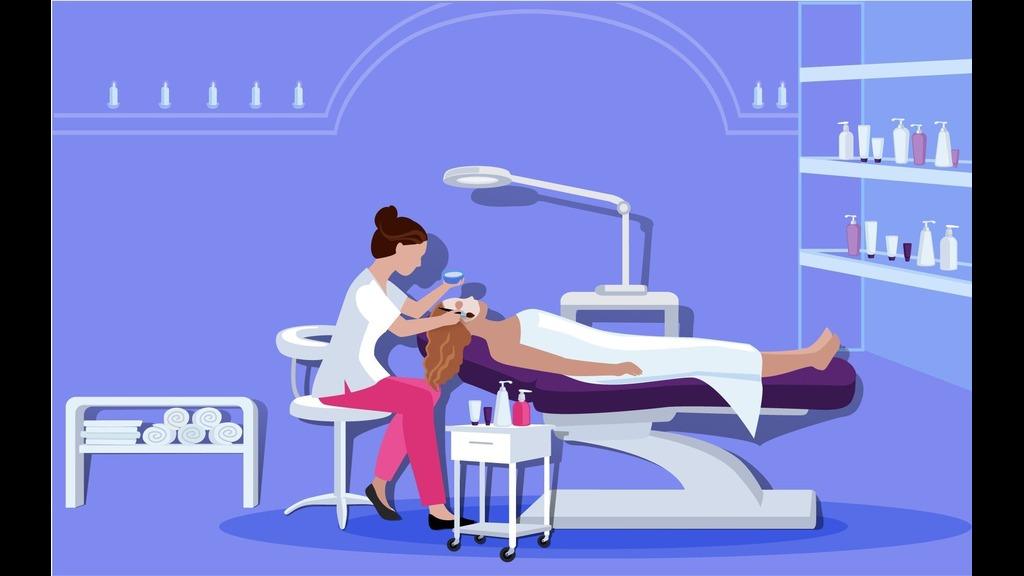Here’s a surprise fact: medical coders are among the fastest-growing healthcare support positions, with the U.S. Bureau of Labor Statistics estimating 7% job growth by 2032, which is faster than the national average. Even more exciting? You can enter this field without ever having to set foot inside a classroom.
If you’re seeking a high-demand career with remote flexibility, job security, and high income potential, online medical coding programs could be the answer. This comprehensive guide will lead you through everything you need to know, from how it works to which programs are worth the money.
Why Online Medical Coding Programs Matter
Medical coders are the link between healthcare and billing. They convert medical diagnoses, treatments, and procedures into standardized codes for insurance claims and medical records. Without experienced coders, hospitals and clinics cannot be paid accurately or on time.
With telemedicine on the increase and healthcare documentation shifting to digital, online medical coding programs offer a flexible and accessible way for students, parents, and working professionals to prepare for a fulfilling career.
“Deborah Grider, a certified coding trainer and former AAPC board member, believes that online programs have democratized access to employment in healthcare administration. “What used to require classroom time and strict timetables is now accessible on your laptop.”
The Advantages of Learning Medical Coding Online
1. Study from anywhere, anytime.
Online classes are asynchronous, which means you can learn on your own time. Ideal for job changers and working individuals.
2. Cost-effectiveness
Online programs are often less expensive than traditional in-person courses. Some certificate programs start as low as $1,500 to $3,000.
3. Fast Track to Employment.
Most programs take four to twelve months to finish. After certification, entry-level coders can make $45,000-$65,000 per year, with opportunities for advancement.
4. Certifications that matter
Top programs prepare you to get industry-recognized certifications such as CPC (Certified Professional Coder) and CCA (Certified Coding Associate), which are required for significant job opportunities.
How to Select the Right Online Medical Coding Program
Step 1: Identify Your Goals
Are you seeking entry-level training, or do you intend to specialize in inpatient coding or auditing? Your goals dictate the greatest fit.
Step 2: Look for accreditation
Choose programs certified or recognized by AAPC, AHIMA, or ABHES to ensure quality.
Step 3: Compare key features
Here’s what you should look for:
- Prepare for certification exams (CPC or CCA) with interactive practice cases and code simulations.
- Obtain ICD-10, CPT, and HCPCS coding manuals.
- Receive real-time help and coaching.
- Opportunities for job placement or externships.
🎓 Top Online Medical Coding Programs in 2025
|
Program |
Organization |
Duration |
Cost Estimate |
Certification Prep |
|
AAPC CPC Program |
AAPC |
4–8 months |
$2,999 |
CPC |
|
AHIMA Online Coding Basics |
AHIMA |
6–12 months |
$3,000–$4,000 |
CCA/CCS |
|
Penn Foster Career School |
Penn Foster |
Self-paced |
$1,599 |
CPC |
|
CareerStep Online Program |
CareerStep (MedCerts) |
4–6 months |
$3,500 |
CPC + Job Placement |
|
DeVry University Certificate |
DeVry University |
1 year |
Varies |
CCA/CCS |
📌 Tip: Many programs offer monthly payment plans or financing options.
Real-World Case Study: From Retail to Remote Medical Coder
Name: Alisha M, age 33
Where: Dallas, Texas
Context: Former shop manager during the COVID-19 shutdown
Enrollment in the Certified Professional Coder Program of the AAPC
Result: Finished in six months, passed the CPC exam, and is currently making $52,000 annually working remotely in a hospital billing department.
“I needed a steady job that allowed me to work remotely. I was able to start a new job without returning to school because of online coding training.”
Practical Advice for Online Medical Coding Success
- Maintain a Study Schedule: Approach your training as though it were a job. Set aside time each week for studying.
- Make use of practice exams and flashcards, particularly for ICD-10, CPT, and HCPCS codes.
- Participate in Coding Communities: Participate in forums run by the AAPC, Facebook groups, or Reddit.
- Pay Attention to Anatomy and Terminology: A solid foundation results in quicker and more precise code.
- Consider a Mentor or Coach: Some platforms offer 1-on-1 support or virtual study groups.
❌ Common Mistakes To Avoid
- Avoid programs that do not contain a CPC or CCA exam.
- Underestimating the workload: Coding is more than just remembering; it involves interpretation, logic, and detail.
- Insufficient practice: Lectures are not as effective as hands-on coding scenarios.
- Use programs that provide resume critiques and employer connections instead of skipping job placement services.
Upcoming Trends in Medical Coding Education
1. AI-Powered Training Simulations
Expect additional platforms to include machine learning for real-world coding simulations and fast feedback.
2. Microcertifications
As occupations become more specialized, qualifications in telehealth, oncology, or pediatric coding will become increasingly popular.
3. Employer Partnerships
CareerStep and other programs are partnering with hospitals and insurers to position graduates directly, and this trend is expected to continue.
4. Hybrid Models
More schools will blend self-paced online training with live instruction and mentorship, boosting completion rates.
Conclusion: A High-Demand Career Is Just a Few Clicks Away.
Online medical coding programs are an excellent way to enter the healthcare field, work remotely, or transition to a solid, in-demand career. With the correct training and certification, you can be job-ready in less than a year.
Ready to start?
- Consider programs such as AAPC, Penn Foster, and AHIMA.
- Organize your goals, learning preferences, and schedule.
- Select programs that correspond with your job goals.
Subscribe to our newsletter to receive additional insider guides, career advice, and great discounts on top certification programs.




